As a Master Gardener, I Always Recommend These 6 Winter-Flowering Shrubs to Add Curb Appeal – Plus They Smell Incredible
These are the best shrubs to plant if you want winter flowers, gorgeous fragrance, and a front yard facelift!
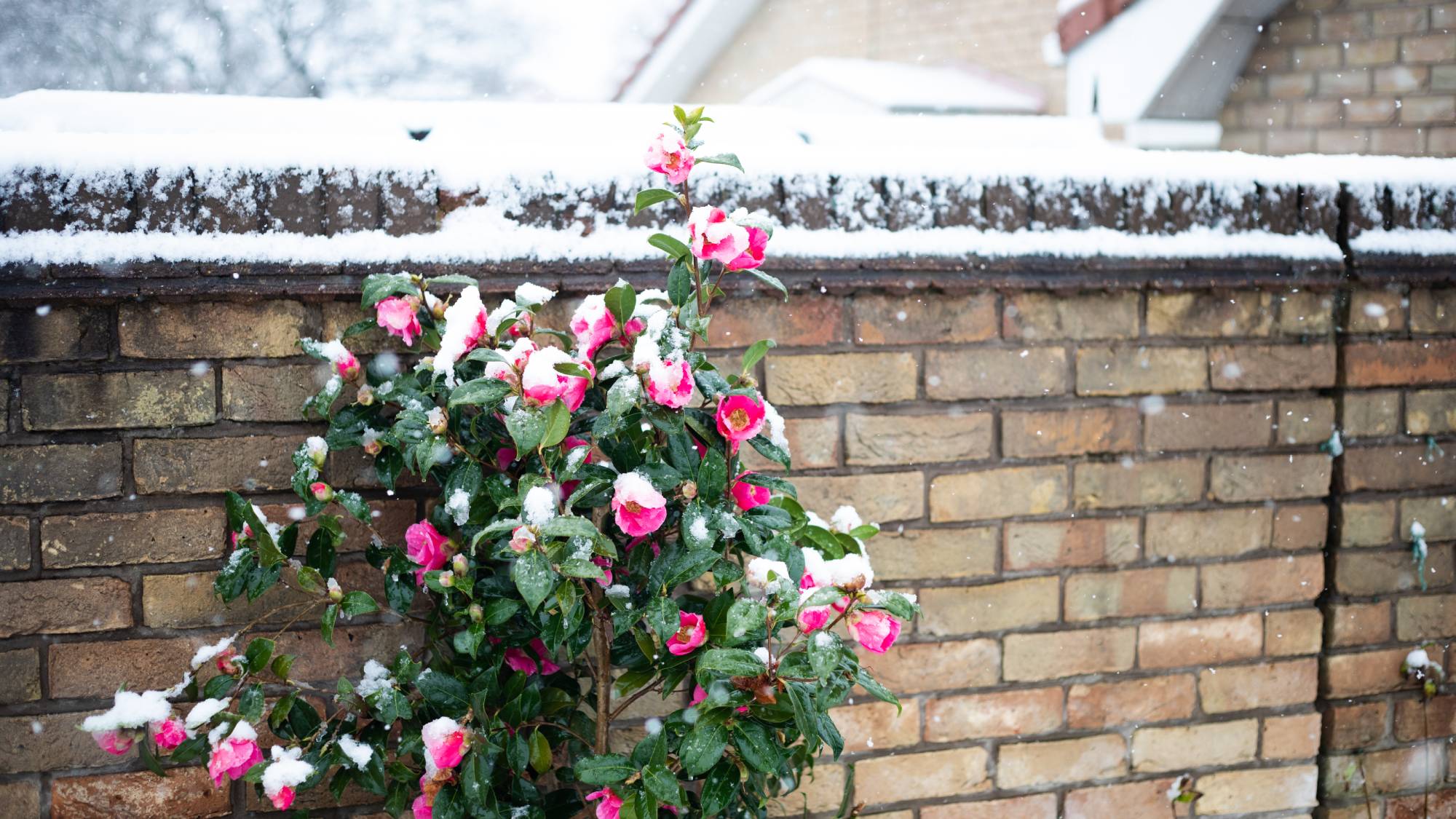

Have you ever thought about adding winter-blooming shrubs to your front landscape? “What?” you say. “There are winter flowering shrubs?” Yes, and several are fragrant, too! Adding a pop of color and fragrance during the dreary days of winter is just what you need to jump start the landscape.
Flowering shrubs for winter, especially broadleaved evergreen shrubs, will ignite your winter landscape with bright green foliage, accented with colorful flowers and scent. Flowering shrubs are ideal as foundation plants, flowering hedges, or grown near doors and walkways where the sweet fragrance can be enjoyed.
Let's explore how to pick a cold-hardy flowering shrub and some of my favorite varieties to add curb appeal and give your front yard a facelift!
What to Look for in Cold-Hardy, Fragrant Winter Shrubs
When searching for fragrant shrubs that bloom in winter, it is important to know your hardiness zone. If you want the shrub to perform well and withstand winter, it should be in your growing zone. Find your growing zone on the USDA plant hardiness map.
If you do a search online for fragrant, cold hardy, flowering shrubs, numerous vendors are listed, maybe even nurseries near you. Shrubs will be listed as deciduous or evergreen. Deciduous shrubs lose their leaves in fall but usually have good fall color. Evergreen shrubs such as broadleaf evergreen shrubs, do not lose their leaves and likely stay green all winter.
Minimal Care, Maximum Reward
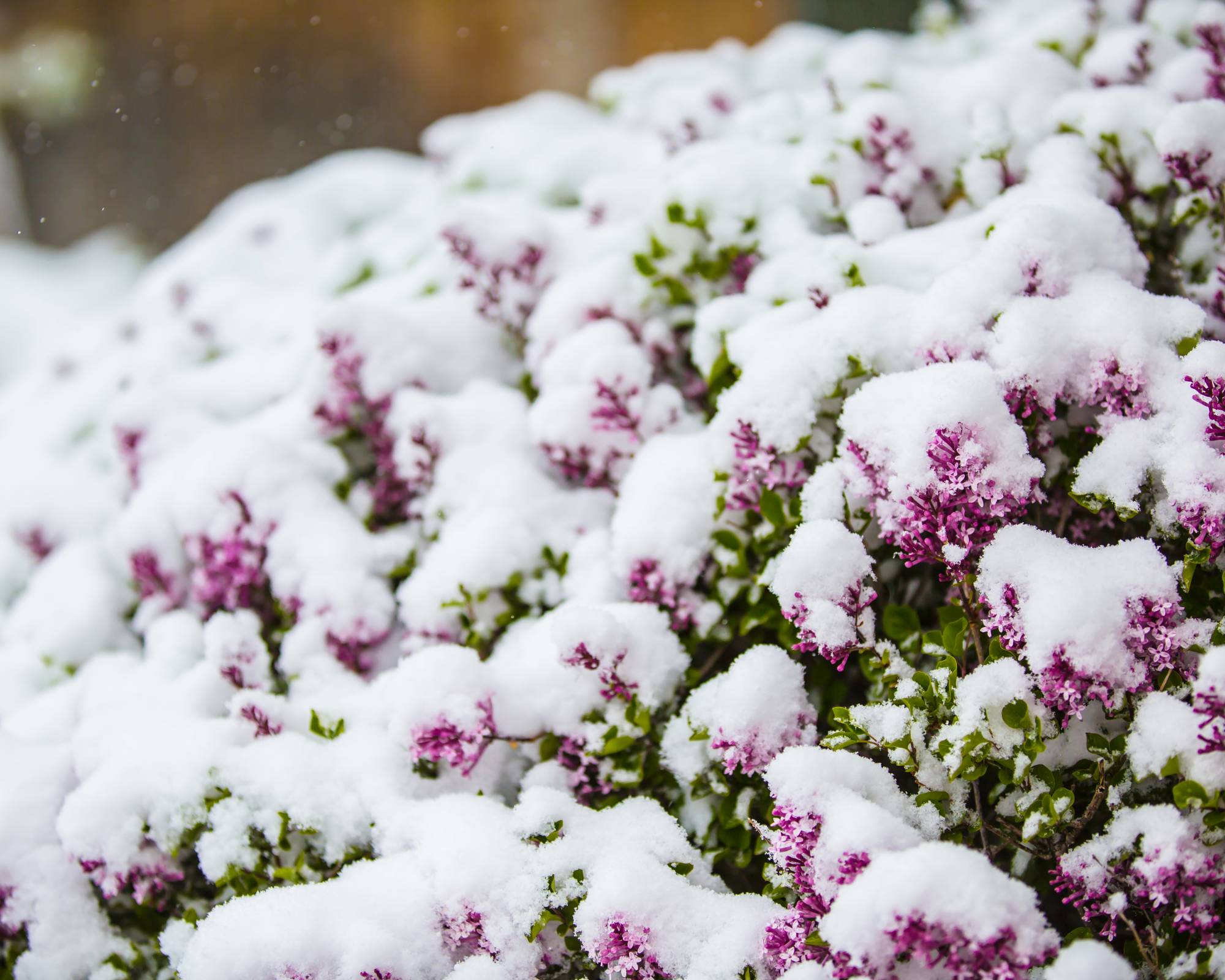
If you properly site the flowering shrub in well-draining soil and full to part sun, it should perform well. With flowering shrubs, generally the more sun it receives, the more flowers are produced.
When it comes to pruning, the shrub probably just needs a light trimming to shape the shrub and remove spent flowers. If the shrub is tall, do not worry about removing the spent flowers. It will still bloom next time. All the shrubs listed below form their flower buds on the previous season’s growth, so they should be pruned soon after flowering. You can prune out any dead or diseased wood, and any crossing branches.
Sign up for the Gardening Know How newsletter today and receive a free copy of our e-book "How to Grow Delicious Tomatoes".
Winter-flowering shrubs may need a boost of fertilizer in spring or after the bloom cycle is over. Use a balanced, slow release fertilizer such as 10-10-10 and apply it to the shrubs according to package instructions. Native shrubs usually do not need fertilizer.
Top Winter-Flowering Shrubs That Thrive in Cold Climates
Here are six fragrant, winter flowering shrubs that will spruce up a winter landscape.
1. Camellia
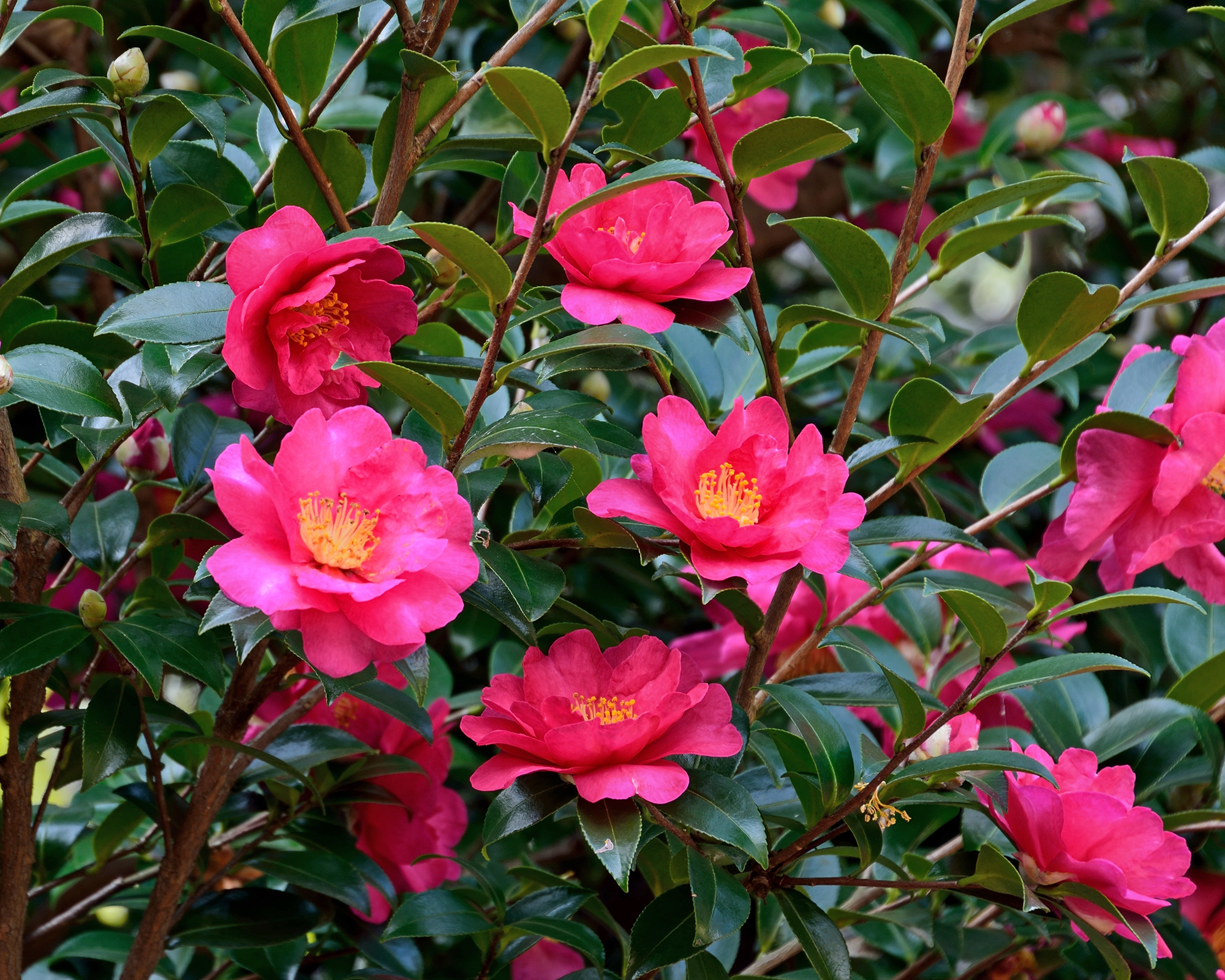
Camellias (Camellia japonica, C. sasanqua) are broadleaved evergreen shrubs that are favorites in the South. They bloom from late fall through winter and spring, depending on the variety. C. japonica’s flowers are fragrant and range in size from 3 to 5 inches (8 to 13 cm) in colors such as red, pink or white. C. japonica can grow to 25 feet tall (8 m) but typically stays half that size. C. sasanqua’s flowers are 2 to 3 inches (5 to 8 cm) in diameter and the shrub usually stays from low and spreading to 12 feet tall (4 m).
Camellias grow slowly but are long-lived plants. Plant them in well-drained, acidic soil in USDA hardiness zones 7-9.
The 'Yuletide' camellia, available from Fast Growing Trees, will make a gorgeous addition to your landscape.
2. Viburnum
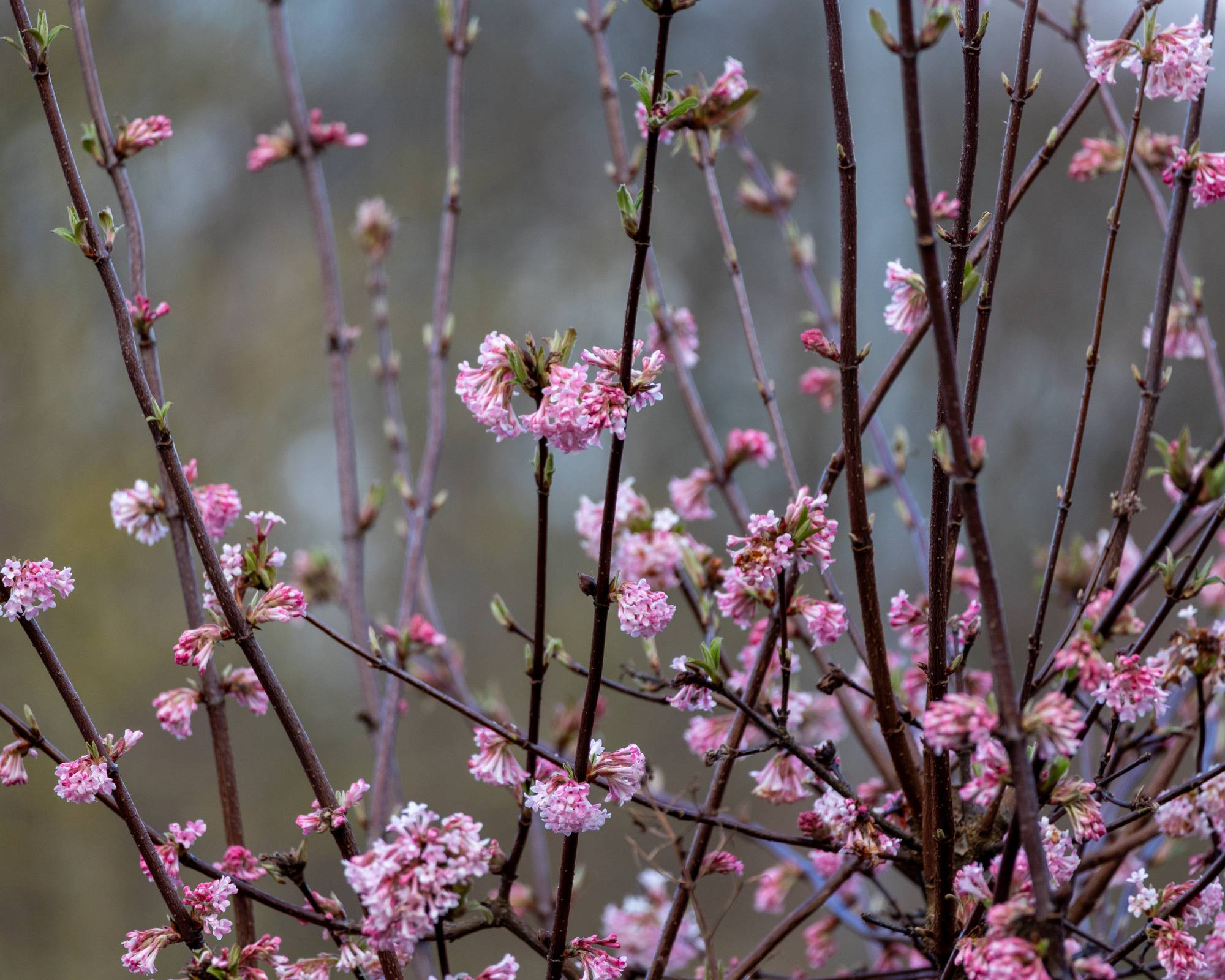
Viburnum (Viburnum × bodnantense ‘Dawn’) is a deciduous shrub that blooms with showy, pink, tubular flowers from late winter to early spring. In warm regions, the fragrant flowers bloom from autumn to spring. After flowers fade, red berries are produced that deepen to black by autumn. Dark green leaves turn burgundy red in fall.
‘Dawn’ grows 8 to 10 feet tall (2.4 to 3 m) and grows best in full sun to part shade in well-drained soil in USDA hardiness zones 5 to 7.
Find a beautiful 'Dawn' viburnum from MikesPlants nursery through Etsy.
3. Spiked Winterhazel
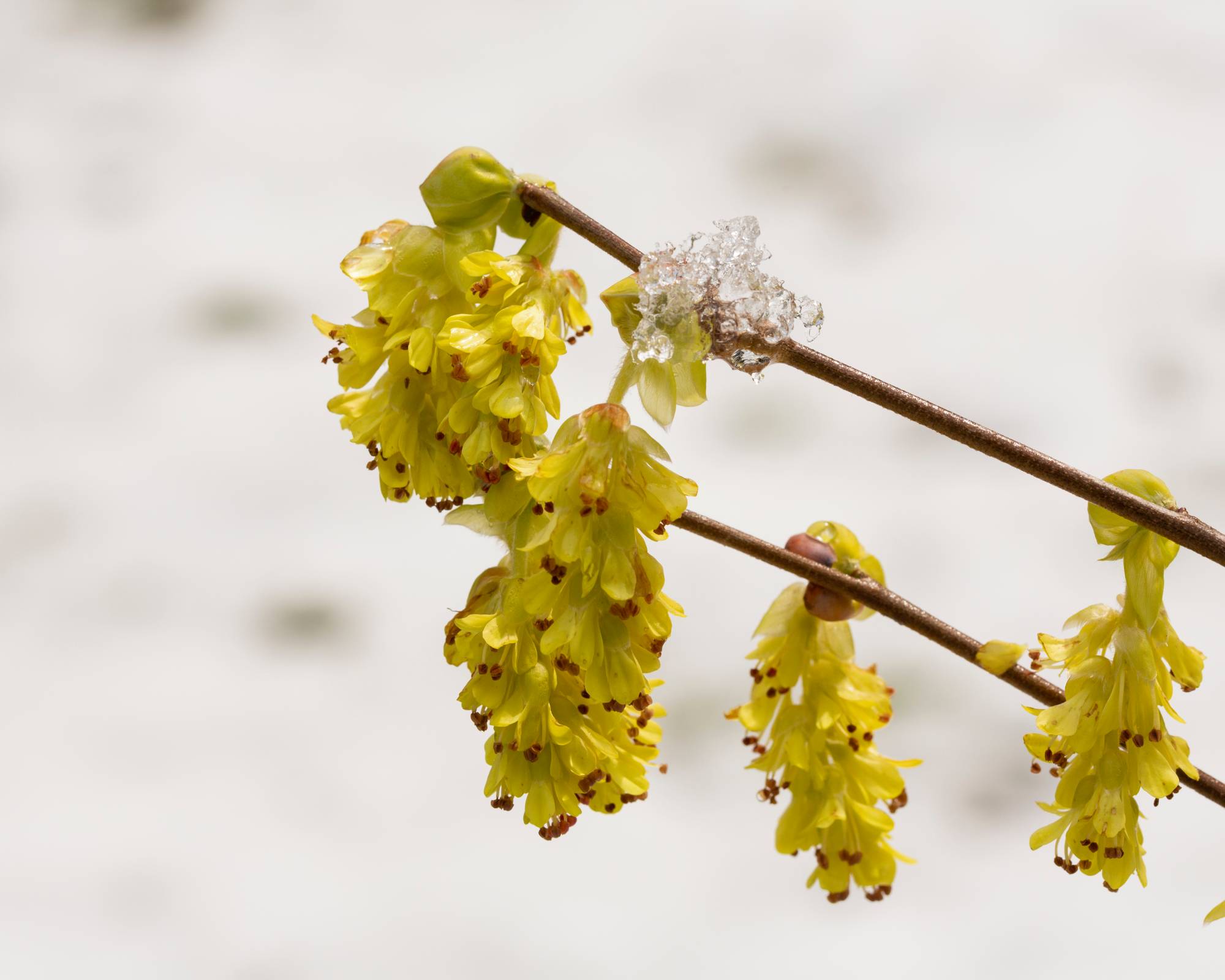
Spiked winterhazel (Corylopsis spicata) is a deciduous shrub native to Japan. Racemes with six to eight gold and yellow bell-shaped flowers appear before the foliage emerges in late winter or early spring. Bees and hummingbirds flock to the fragrant flowers when in bloom. Fall leaves change to yellow or gold. It grows to a height of 4 to 8 feet (1.2 to 2.4 m) and a similar width. Use it in a winter garden or Japanese-style garden, a pollinator garden or a cutting garden.
Plant winterhazel where it is protected from harsh afternoon sun and high winds. It needs fertile, well-drained, acidic soil in USDA hardiness zones 5-8. Find spiked winterhazel at Dancing Oaks Nursery.
4. Winter Daphne
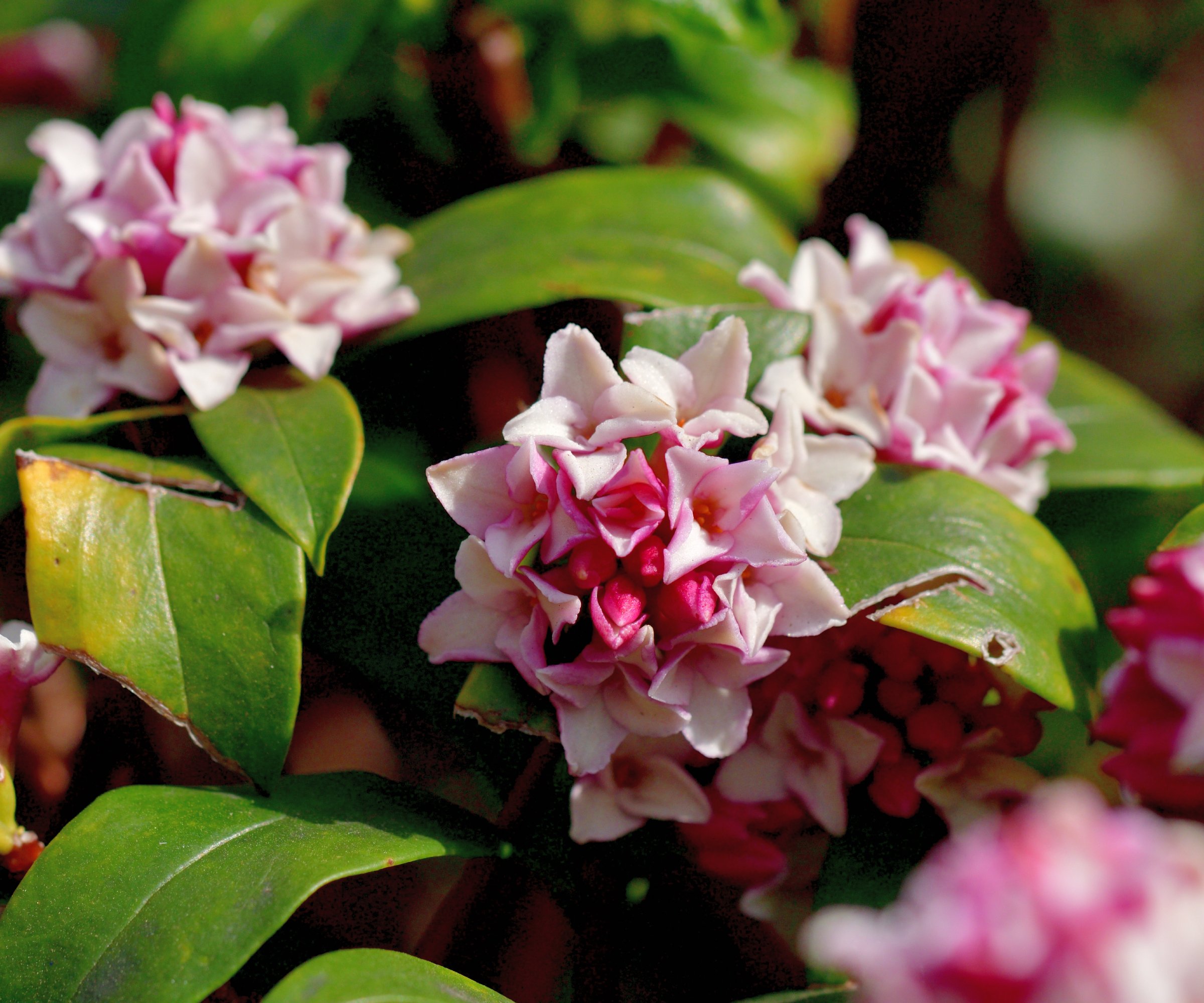
Winter daphne (Daphne odora) is a broadleaf evergreen shrub native to Southern China, Vietnam and Taiwan. Pink, lavender, or white, very fragrant flowers bloom in mid-to-late winter before the leaves emerge. Red or black fruits follow the flowers making this shrub highly ornamental. Daphne grows 6.5 feet tall (2 m) and 4 feet wide (1.2 m). The shrub works well as a foundation plant, specimen, or in a pollinator or winter garden.
Plant daphne in well-drained soil in sun to part shade in USDA hardiness zones 7 to 9. Note: All parts of winter daphne are highly poisonous to humans.
Find a beautiful pink winter daphne from Park Seed.
5. Sweetbox

Sweetbox shrubs (Sarcococca confusa and S. ruscifolia) are broadleaf evergreen shrubs with lustrous green foliage and small, white blooms that radiate an intoxicating scent in late winter. The berries that follow do not ripen for a year. S. confusa berries are first red, then changing to black. S. ruscifolia berries are red. Growing 3 to 5 feet (0.9 to 1.5 m) in height, sweetbox tolerates dry shade and is drought tolerant.
Plant sweetbox where its scent can be appreciated such as around windows and doors or outdoor living areas. Plant the shrubs in fertile, well-drained soil in USDA hardiness zones 7 to 9.
Find a gorgeous sweetbox shrub at Lowe's.
5. Flowering Currant
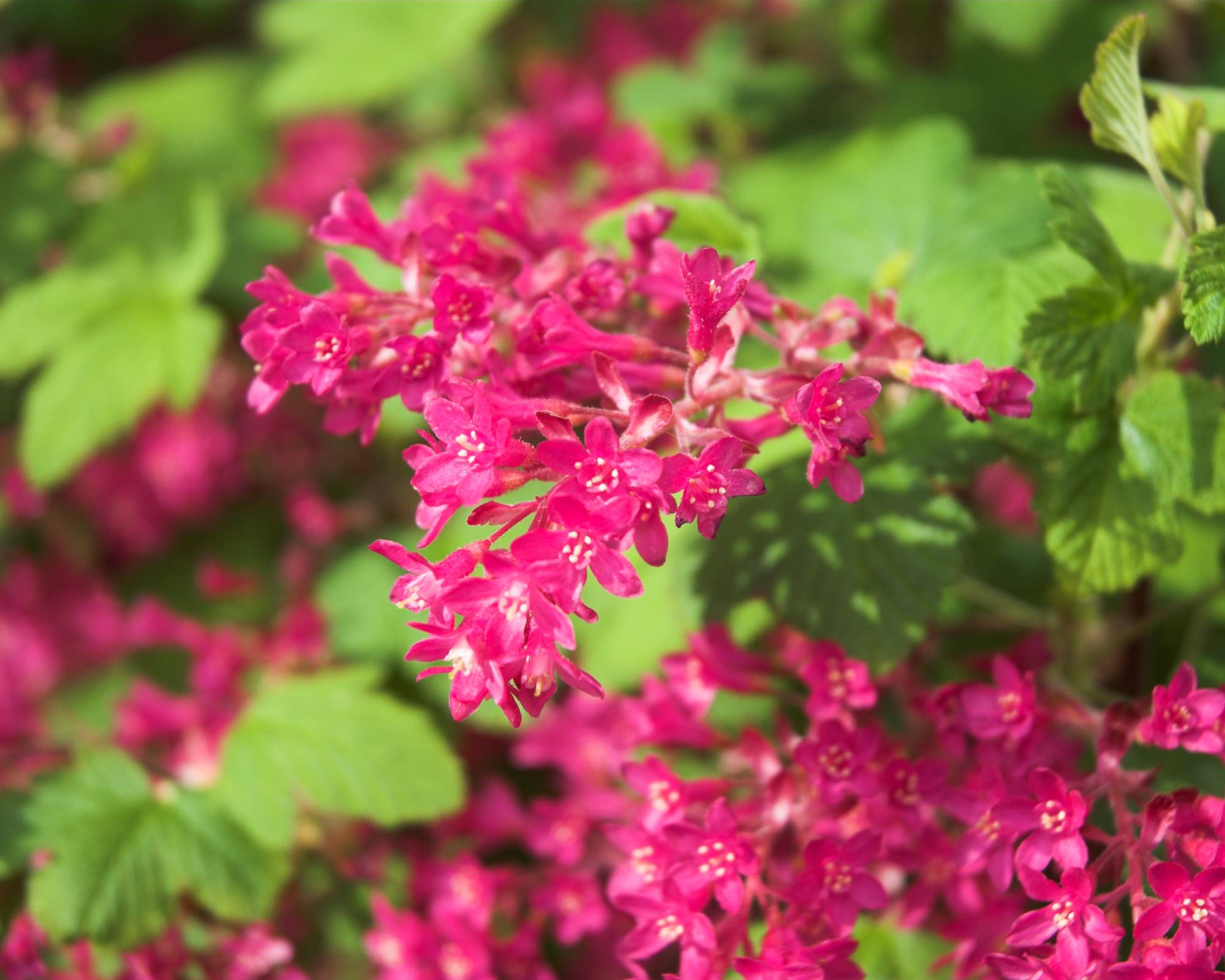
Flowering currant shrubs (Ribes sanguineum) are deciduous, multi-stemmed shrubs that are native from British Columbia to northern California. It blooms in early spring with a spicy scent that is attractive to hummingbirds. Flowers are borne in clusters that hang down in red, pink, or white. The fruit that follows is blue-black and looks very much like blueberries. Autumn leaf color is golden yellow.
The shrub grows 8 to 10 feet (2.4 to 3 m) tall and can be grown in tree form, as a flowering hedge, specimen, foundation plant, or in a mixed shrub border. Many cultivars are available including ‘Elk River Red,’ ‘Pokey’s Pink,’ and ‘White Icicle.' Grow flowering currant in well-drained soil in full to part sun in USDA hardiness zones 6 to 8.
Find flowering currant from Planting Partners Nursery on Etsy.
Hopefully, this guide has made it a little easier to choose the perfect cold-hardy flowering shrub for your landscape!
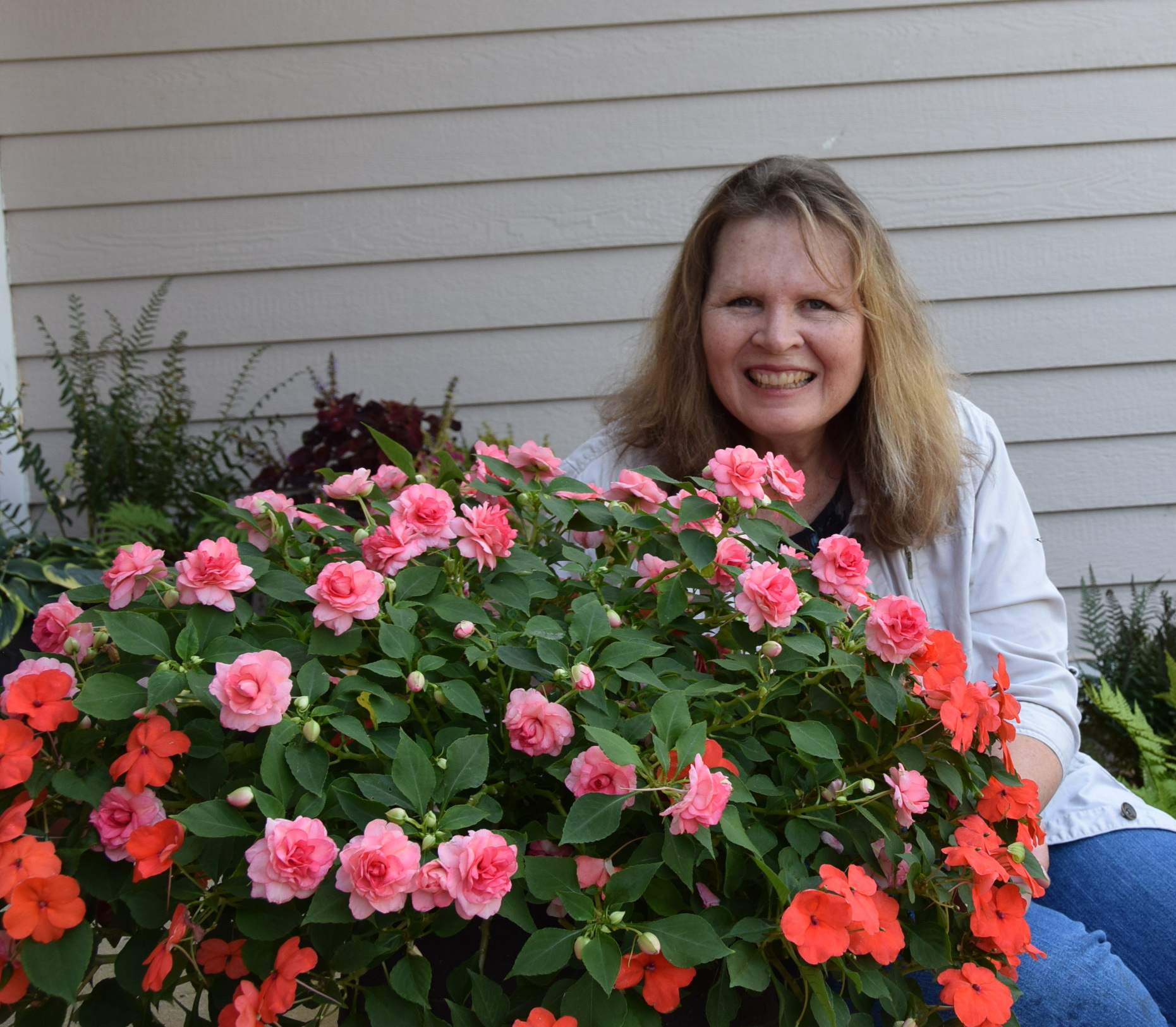
After graduating from Oklahoma State University with a degree in English, Susan pursued a career in communications. In addition, she wrote garden articles for magazines and authored a newspaper gardening column for many years. She contributed South-Central regional gardening columns for four years to Lowes.com. While living in Oklahoma, she served as a master gardener for 17 years.